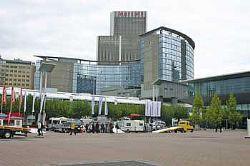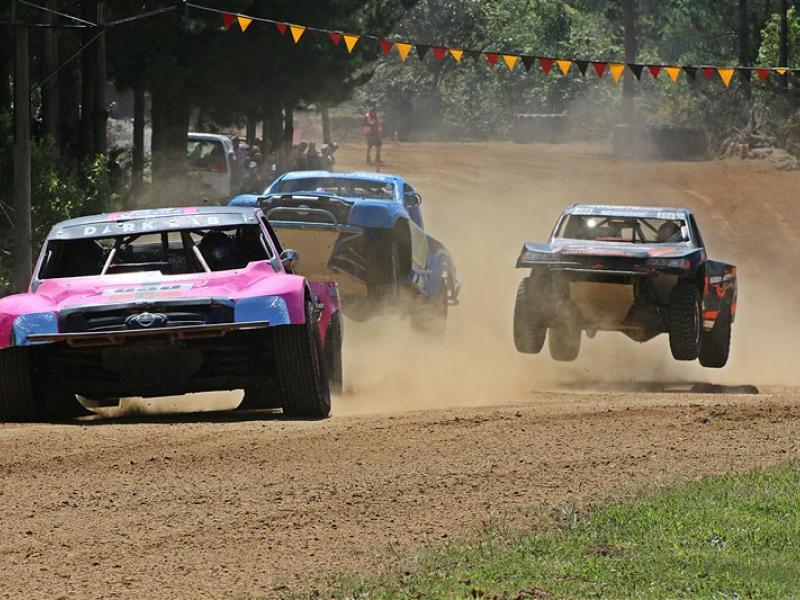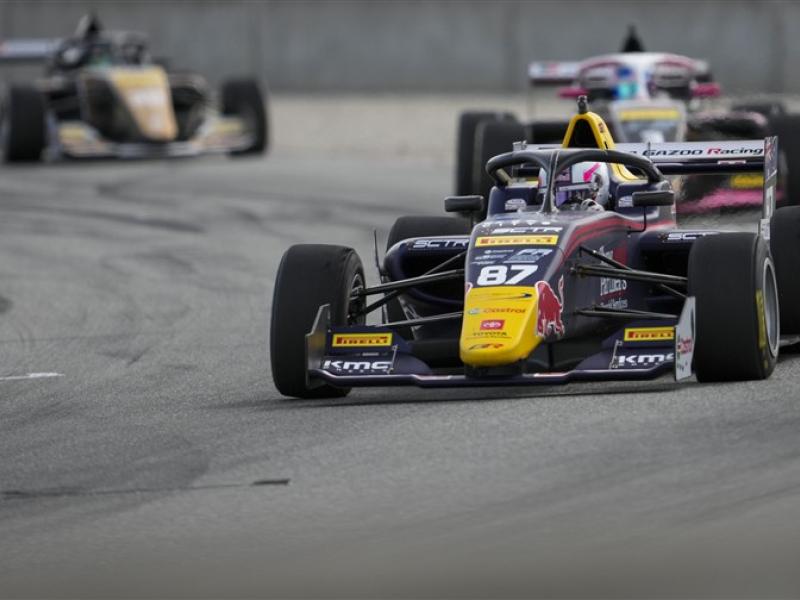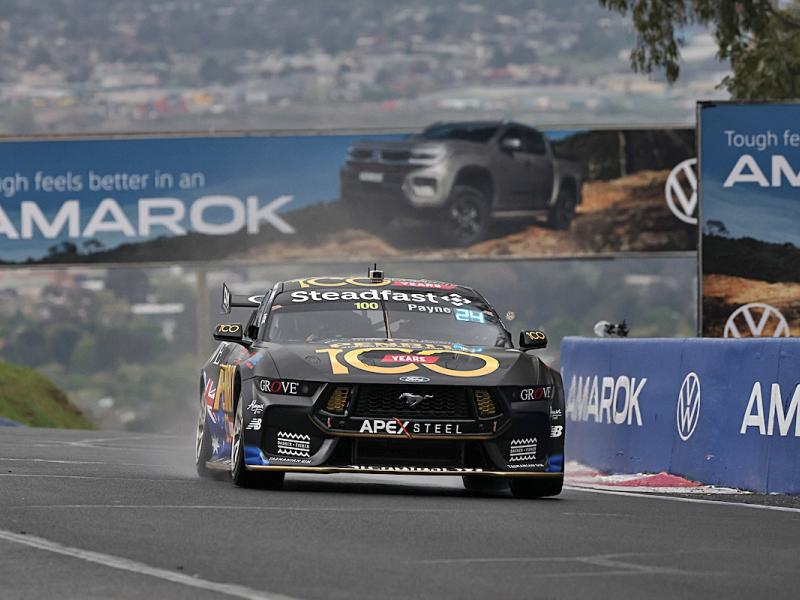Everything automotive related was on display at Automechanika which is held biannually at Messe Frankfurt, a tradition that started in 1971. The Messe is one of Europe’s largest exhibition centres. To put that statement into perspective, this year’s Automechanika saw some 4600 exhibitors from 80 countries take up 170,000 square metres of hall space. Little wonder that the Messe has its own rail platform and airport transfer bus service. We were invited to attend once again by the New Zealand German Business Association, which represents Messe Frankfurt in New Zealand and helped to facilitate entry for the four Kiwi exhibitors: Proform Plastics, Hubco Automotive, Airplex Industries and Shen Dian Enterprises. The worlds biggest automotive trade fair is divided into five distinct sections: repair and maintenance, IT and management, service station and car wash, parts and systems, and finally the accessories and tuning section, which has to be “widget central”. After a successful launch in 1971, Automechanika quickly become a biannual pilgrimage for many German manufacturers, like Finkbeiner, the heavy post lift manufacturer who are featured in this month’s Diesel Industry News. Because the exhibition halls are so large, there is a fleet of Messe buses running around the perimeter of the exhibition halls. They are very much needed when you want to get from one side of the Messe to the other for an appointment – saves a great deal of shoe leather and sore feet. Despite the huge and stunning stand presence of the European Automotive superpowers: Continental, Volkswagen Group, Mercedes-Benz, Robert Bosch and Schaeffler, the general mood that we encountered from many exhibitors was mild concern at their declining global sales. This sombre mood was not helped by the Lehman Brothers collapse and the US government bailout of AIG on the week the show opened for business. Lehman Brothers had an office in Frankfurt, so the news of the collapse fell very hard on a number of local employees and their families. Another interesting trend discussed by many exhibitors is the potential move of European brands to Chinese manufacture. Italian tyre equipment manufacturer Corghi is setting up their own factory in China to meet global demands. However the brave move by Corghi has been dismissed by other manufacturers because they feel they offer a competitive quality advantage by remaining steadfastly in Europe. It will be interesting to see if this attitude changes at the next Frankfurt Fair in September 2010. The market in Europe is fairly mature and therefore most equipment purchases are replacement rather than people setting up an all-new operation. This is why the equipment manufacturers are heavily dependent on export markets and local agents like Stocks, Sulco, GDC and others to represent and service their customer base. Many of the companies we spoke with during our visit started out as small family holdings; some are still held in family ownership while others have grown and become public companies or became subject to management buyout. More and more of the aftermarket suppliers of hoists, post lifts, tyre equipment and diagnostics are becoming OEM-accredited. It would seem that if you are not affiliated to BMW, GM, Chrysler, Ford, Mercedes-Benz, and the VW Group, then your product won’t be deemed suitable for their aftersales service franchises and agents.
The Mother of all Trade Fairs
The Mother of all Trade Fairs
Motorsport
Wednesday, 15 October 2008






